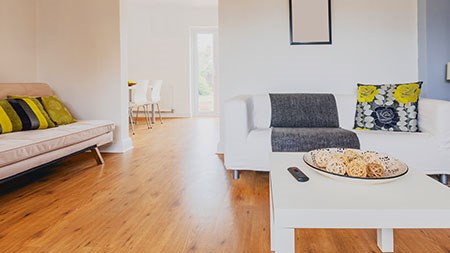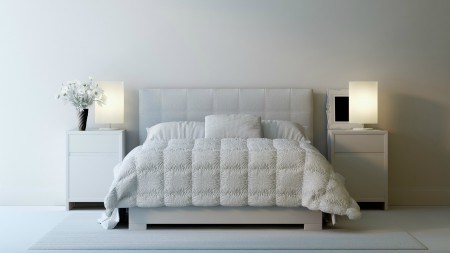Shopping for a home is not just about finding a property that ticks all the practical boxes, it also about finding one that fits your personal style preferences.
You might not have spent any time thinking about it, but everyone has a design aesthetic. Have you ever walked through a property and just immediately disliked it even though it met all your search criteria? Chances are that the reason behind this seemingly unwarranted dislike stems from a lack of appeal to your own design style.
“Shopping for a home is not just about finding a property situated in your preferred neighbourhood with the right amount of bedrooms and bathrooms and priced within your budget. Buyers also need to find a property that appeals to them. But, finding the words to describe one’s design preferences to a real estate professional when viewing properties is often difficult, especially if one hasn’t taken the time to consider what one’s preferences are,” explains Regional Director and CEO of RE/MAX of Southern Africa, Adrian Goslett.
To help buyers define their style preferences, RE/MAX of Southern Africa explains some of the most common interior design styles:
Traditional
This design style will be interpreted differently by different people, but the crux of this design aesthetic is a preference towards properties that contain historic features. There are various kinds of traditional architectural styles in South Africa, the most obvious being the Cape Dutch style homestead, so buyers should be careful to specify which kind of traditional home they’re after. Traditional properties can only be found in older, established neighbourhoods that date back to your preferred historical period. It is tricky to fake traditional features in a believable way, so buyers ought to find a home with original features if this is their design preference.
Read more: 10 timeless home decor tips
Modern
Clean lines and open-plan living spaces define this design style. New developments offer the best possibility for finding homes in this design style. However, many properties have been or can be renovated and modernised, so you needn’t restrict your search to new builds only. Modern builds can appear cold and bare when unfurnished. Buyers should envision their own furniture in the space, bearing in mind that décor can be used to warm up the space.
Industrial
Similar to the modern design aesthetic, industrial spaces are often large, open-plan buildings with an industrial look and feel to them. Exposed brick, concrete flooring and antique, bespoke fittings exemplify this style. Industrial properties are most commonly found in trendy, young neighbourhoods and apartment blocks. If you are unable to find a property in this design style, it is still possible to create this look by adding furniture and décor touches or by renovating the space.
Cottage Farmhouse
If this is your design preference, then quaint, cosy and full of charm are words you should be looking out for in listing descriptions. Often found in the more removed parts of town, cottage style homes usually feature plenty of wood and follow a more neutral and muted colour palette. It is possible to create this style simply by using the correct furniture and decorative touches. However, buyers who prefer this kind of style should avoid homes that are overly modern as this will make it trickier to create a farmhouse look and feel.
“As inconsequential as it might seem, design preferences can have substantial sway in the purchasing decision. Buyers who take the time to define their design aesthetic in the early stages of their search have better chances of finding their dream home in the shortest amount of time possible,” Goslett concludes.





